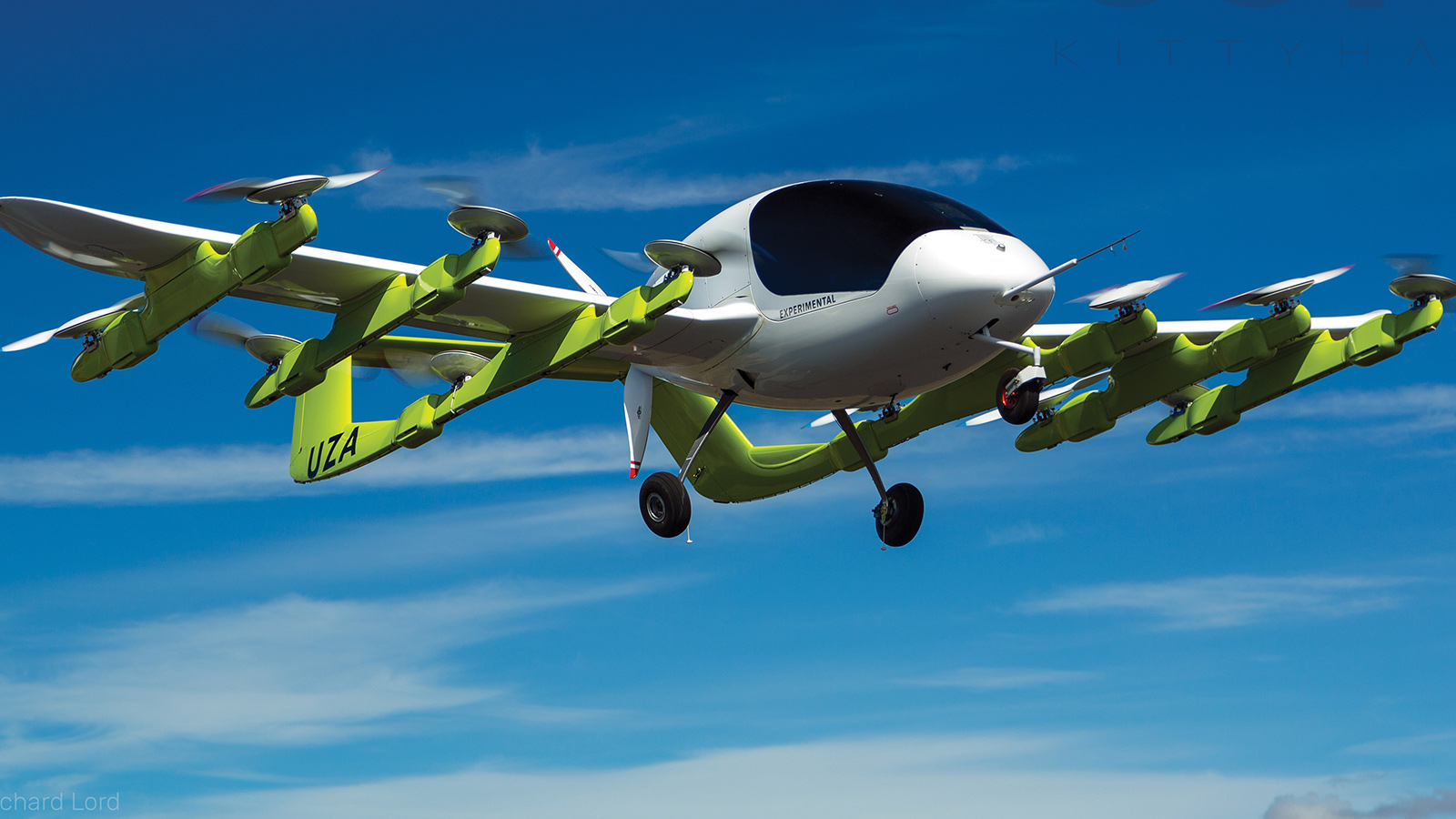Stay Up to Date
Submit your email address to receive the latest industry and Aerospace America news.
The Transformational Flight Integration Committee serves as a focal point for a community of practice engaged in technical, business and societal issues associated with transformational approaches to on-demand air mobility enabled by the convergence of advanced technologies.
The second century of aviation offers the building blocks for a second air transportation revolution. Many companies this year focused on enabling urban air mobility, or UAM, which can be defined broadly as small, electric-powered vertical takeoff and landing, or eVTOL, aircraft designed to fly small groups of travelers (typically nine or fewer) or cargo across metropolitan regions faster than ground vehicles. This year, the Vertical Flight Society’s eVTOL.news directory listed 100 eVTOL aircraft projects in various stages of development. While the most visible activities are vehicle projects, the realization of UAM requires breakthroughs in airspace, operations, regulation and community integration.
Uber hosted its second Elevate Summit in Los Angeles in May. With 750 participants, the summit focused on building a broader foundation of technical, financial and community support around urban aviation and emphasized the opportunities for businesses and entrepreneurs in vehicle development and manufacturing; flight and fleet operations; network operations; and skyport design, development and operations.
Also at the summit, Jaiwon Shin, associate administrator for NASA’s Aeronautics Research Mission Directorate, announced a NASA-sponsored UAM Grand Challenge. NASA said the challenge will be a sequence of activities involving aircraft developers, air traffic service providers, regulators, communities and other members of the broader UAM ecosystem who will progressively build up and demonstrate the safety and effectiveness of a UAM transportation system.
The Kitty Hawk Corp., a startup funded by Google co-founder Larry Page, announced two eVTOL projects that are conducting flight operations. First is Cora, a remotely piloted, two-passenger air taxi prototype unveiled in March. Cora was undergoing flight testing and development in both California and New Zealand. The second Kitty Hawk aircraft is a refined version of the “Kitty Hawk Flyer” announced in 2017. The refined Flyer is an amphibious, 10-rotor multicopter configuration that avoids many regulatory issues by operating as an ultralight aircraft in the U.S. As an ultralight, it can be operated without an FAA pilot’s license while a fly-by-wire control system provides simplified controls and enforces various safety limits such as a 10-foot maximum altitude and geofencing. In addition to the Kitty Hawk projects, a third Page-funded project, known as the Blackfly — developed by the Opener company — was announced in July on CBS after having performed 1,400 flights, covering 12,000 miles. The Blackfly also operates as an ultralight and has powered-lift and wing-borne flight modes.
In July, the U.S. House of Representatives science committee held a hearing called “Urban Air Mobility — Are Flying Cars Ready for Take-Off?” Testimony on the potential and challenges of UAM was provided by NASA’s Shin; John-Paul Clarke, Georgia Tech’s College of Engineering dean’s professor; Eric Allison, head of aviation programs at Uber; Michael Thacker, executive vice president of technology and innovation at Bell; and Anna Mracek Dietrich, co-founder of Terrafugia. Most panelists predicted initial commercial operations within a 10-year horizon but acknowledged that large investment and development are required for operations on a significant scale.
In September, the UAM subproject of NASA’s Air Traffic Management Exploration project, or ATM-X, completed data collection for an initial, human-in-the-loop simulation experiment evaluating UAM airspace operations. The experiment evaluated initial routes and procedures for flying UAM traffic in Class B and D airspaces in the Dallas-Fort Worth terminal airspace as well as assessing the impact of UAM traffic on air traffic controller workload.
Image: Kitty Hawk’s Cora aircraft in an artist’s rendering. Credit: Kitty Hawk Corp.
Stay Up to Date
Submit your email address to receive the latest industry and Aerospace America news.




